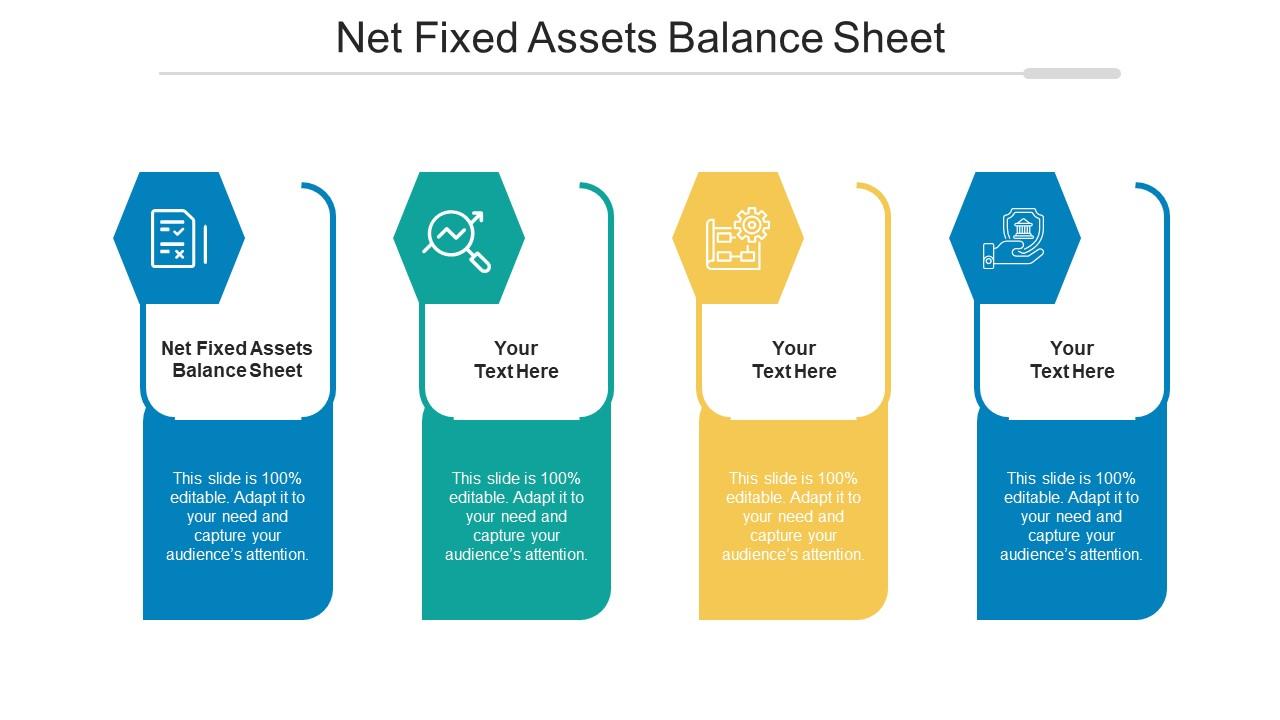Home>Finance>Net Tangible Assets: Definition, Calculation, Examples


Finance
Net Tangible Assets: Definition, Calculation, Examples
Published: December 30, 2023
Learn about net tangible assets in finance, including their definition, calculation, and examples. Enhance your financial knowledge with this comprehensive guide.
(Many of the links in this article redirect to a specific reviewed product. Your purchase of these products through affiliate links helps to generate commission for LiveWell, at no extra cost. Learn more)
Understanding Net Tangible Assets in Finance
Key Takeaways:
- Net Tangible Assets (NTA) are a financial metric used to assess a company’s tangible value after deducting intangible assets and liabilities.
- NTA is calculated by subtracting intangible assets, such as patents or trademarks, and liabilities from total assets.
When it comes to evaluating a company’s financial health, it’s crucial to understand its net tangible assets (NTA). NTA is a valuable metric that helps investors and analysts determine the true value of a company’s assets after accounting for intangible assets and liabilities.
So, what exactly are net tangible assets? In simple terms, net tangible assets represent the tangible resources a company possesses, excluding intangibles. This metric focuses on assets that can be physically touched, such as property, equipment, inventory, and cash, to gauge a company’s intrinsic value.
Calculating net tangible assets is relatively straightforward. The formula involves subtracting both intangible assets and liabilities from the company’s total assets. By doing so, we obtain a clearer picture of the company’s tangible worth.
To illustrate how to calculate NTA, let’s consider the following example:
Company XYZ’s financial information:
- Total assets: $10,000,000
- Intangible assets: $1,500,000
- Liabilities: $3,000,000
Using the formula, NTA = Total Assets – Intangible Assets – Liabilities, we can plug in the values:
NTA = $10,000,000 – $1,500,000 – $3,000,000
NTA = $5,500,000
In this example, Company XYZ’s net tangible assets amount to $5,500,000.
Net tangible assets provide valuable insights into a company’s financial position. Here are two key takeaways:
- 1. Realistic Asset Evaluation: Assessing a company’s NTA allows investors to gain a realistic understanding of its tangible resources, rather than relying solely on total assets. This evaluation helps to identify potential risks and ascertain the company’s true value.
- 2. Comparability and Benchmarking: Comparing NTA with other companies in the same industry can provide valuable insights. It helps analysts gauge a company’s financial performance and competitiveness relative to its peers.
In conclusion, net tangible assets are an essential metric in finance. They offer a clear assessment of a company’s tangible value by subtracting intangible assets and liabilities from its total assets. By considering NTA, investors and analysts can make informed decisions and gain a deeper understanding of a company’s financial health.














